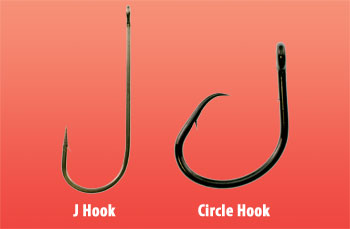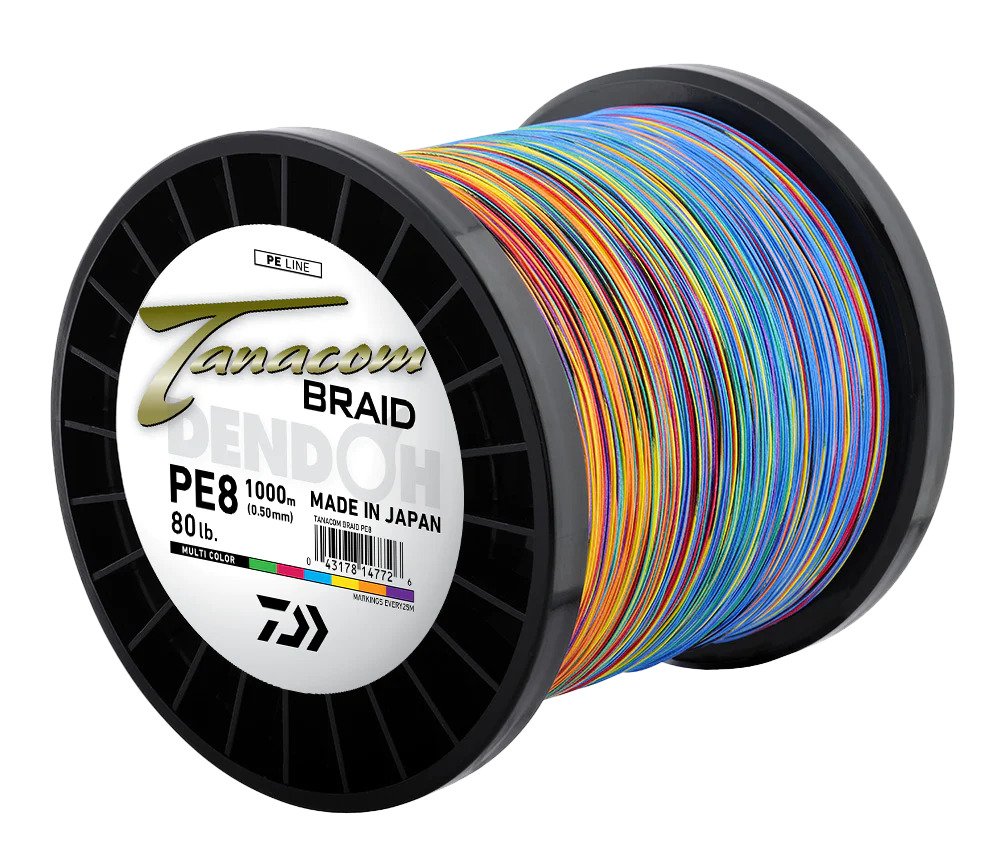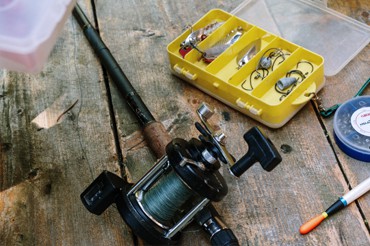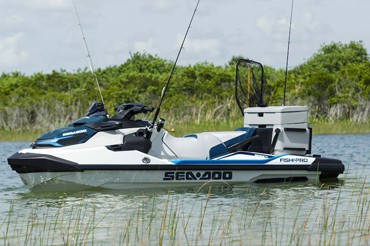- Hook Shape:
The most obvious difference between circle hooks and J-hooks is their shape. Circle hooks are round and have a bent-in point that makes them look like a circle. On the other hand, J-hooks are J-shaped, with a sharp point at the end that faces away from the shank.
- Hooking Mechanism:
When a fish bites on a J-hook, the angler must set the hook by quickly jerking the rod to drive the hook point into the fish’s mouth. However, with a circle hook, the hooking mechanism is different. As the fish takes the bait, the hook rotates in its mouth and gets caught in the corner of its mouth. This means that the angler doesn’t need to set the hook in the traditional sense.
- Fish Mortality:
One of the main benefits of circle hooks is that they are less likely to cause deep hooking, which can result in injury or death to the fish. This is because circle hooks tend to hook the fish in the corner of its mouth, which is a relatively fleshy area that can tolerate the hook. On the other hand, J-hooks are more likely to hook the fish in the throat or gut, which can cause serious injury or death.
- Fishing Method:
Circle hooks are typically used for catch-and-release fishing, as they are designed to reduce the mortality rate of the fish. They are particularly effective when fishing with live bait. J-hooks, on the other hand, are used for a wide range of fishing methods, including bait fishing, lure fishing, and fly fishing.
- Fishing Environment:
Circle hooks are commonly used in saltwater fishing, particularly when fishing for species like tuna, marlin, and sailfish. J-hooks are used in both freshwater and saltwater environments and are suitable for a wide range of fish species.
In summary, circle hooks are designed to be more fish-friendly and are ideal for catch-and-release fishing. J-hooks, on the other hand, are more versatile and can be used in a wider range of fishing situations. Ultimately, the choice between circle hooks and J-hooks will depend on the angler’s preferences, the type of fishing they are doing, and the fish species they are targeting.
So Which hooks are better?
Whether circle hooks or J-hooks are better depends on the fishing situation and the angler’s goals.
If the angler is practicing catch-and-release fishing or wants to minimize the harm caused to the fish during the catch process, then circle hooks are often a better choice. This is because they reduce the chances of deep hooking, which can cause injury or mortality in fish. Additionally, circle hooks are often required by law in certain fishing areas or for certain fish species as a conservation measure.
On the other hand, if the angler is fishing for food or for sport and doesn’t plan to release the fish, then J-hooks may be more suitable. This is because J-hooks are generally more versatile and effective in a wider range of fishing situations and for a greater variety of fish species.
Ultimately, the choice between circle hooks and J-hooks depends on the angler’s specific fishing goals and the fishing regulations in the area they are fishing. It’s always important to research the fishing regulations and to use the appropriate gear to promote conservation efforts and ensure a sustainable fishery.







